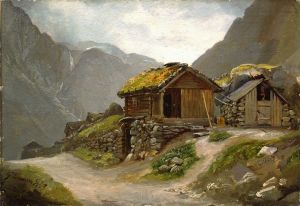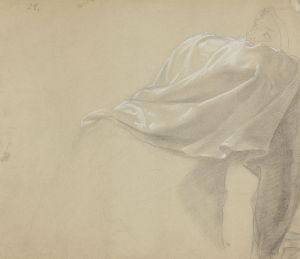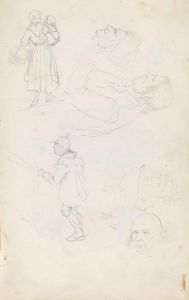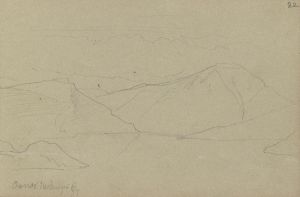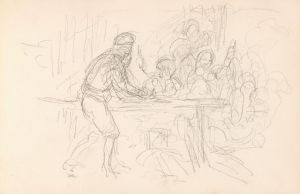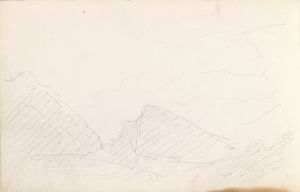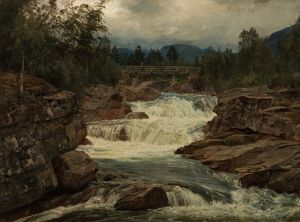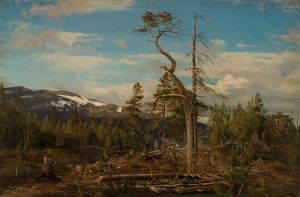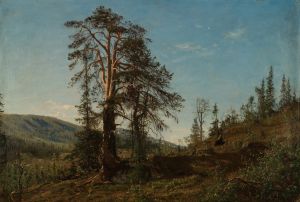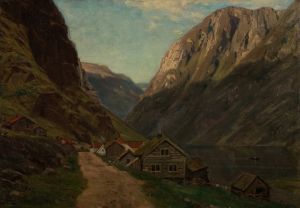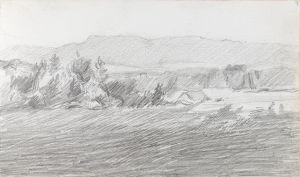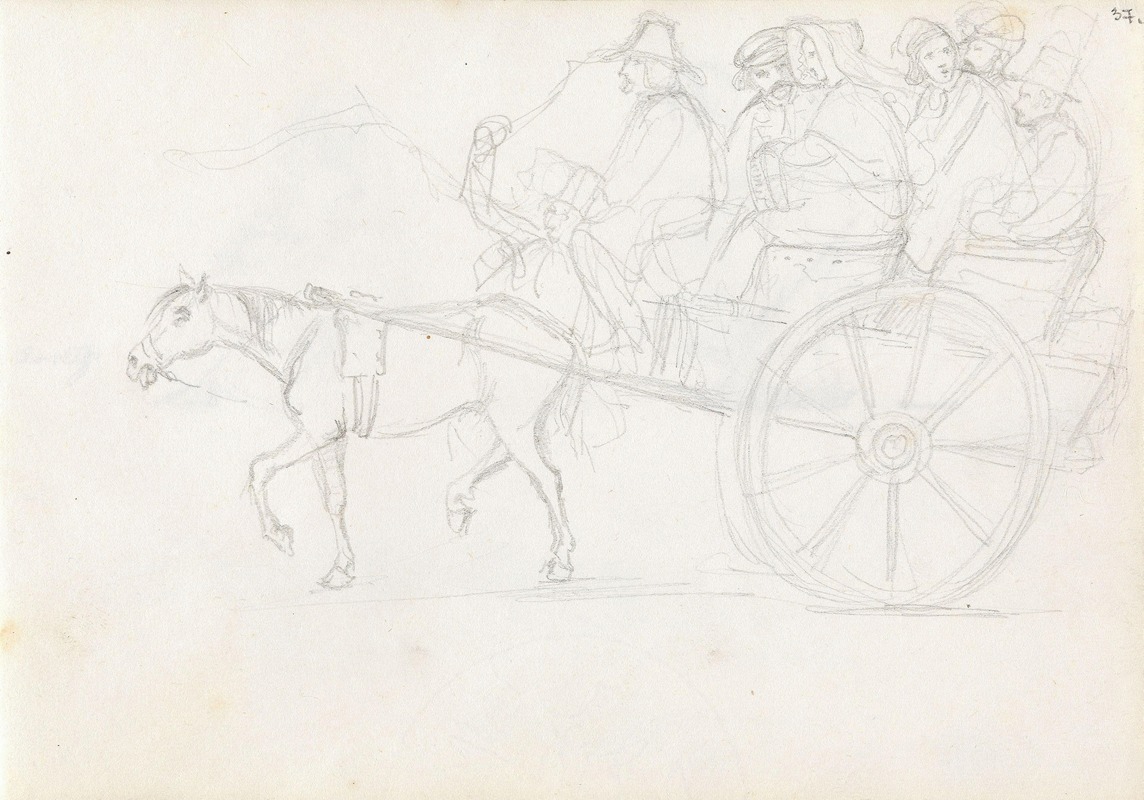
Hest og vogn med passasjerer
A hand-painted replica of Adolph Tidemand’s masterpiece Hest og vogn med passasjerer, meticulously crafted by professional artists to capture the true essence of the original. Each piece is created with museum-quality canvas and rare mineral pigments, carefully painted by experienced artists with delicate brushstrokes and rich, layered colors to perfectly recreate the texture of the original artwork. Unlike machine-printed reproductions, this hand-painted version brings the painting to life, infused with the artist’s emotions and skill in every stroke. Whether for personal collection or home decoration, it instantly elevates the artistic atmosphere of any space.
Adolph Tidemand (1814–1876) was a prominent Norwegian painter, best known for his depictions of Norwegian folk life and traditions during the 19th century. His works often focused on rural scenes, capturing the everyday lives, customs, and landscapes of Norway. One of his lesser-known works is Hest og vogn med passasjerer (translated as Horse and Wagon with Passengers), which reflects Tidemand's characteristic attention to detail and his interest in portraying the cultural and social aspects of his time.
The painting depicts a horse-drawn wagon carrying passengers, a common mode of transportation in rural Norway during the 19th century. The scene is rendered with Tidemand's typical realism, showcasing his ability to capture both the physical details of the subjects and the atmosphere of the setting. The passengers, likely rural Norwegians, are dressed in traditional clothing, which Tidemand often included in his works to emphasize the cultural heritage of his homeland. The horse and wagon are central to the composition, symbolizing the simplicity and practicality of rural life during this period.
Tidemand's art was heavily influenced by the National Romantic movement, which sought to celebrate the unique cultural identity of nations. In Norway, this movement coincided with a growing interest in preserving and documenting folk traditions, as the country was in the process of defining its national identity following its independence from Denmark in 1814. Tidemand traveled extensively throughout Norway to study and document rural life, and his works often served as visual records of Norwegian customs and traditions.
While Hest og vogn med passasjerer is not as widely recognized as some of Tidemand's other works, such as Brudeferden i Hardanger (The Bridal Procession in Hardanger), it nonetheless reflects his dedication to portraying the everyday lives of ordinary Norwegians. The painting is an example of his ability to combine ethnographic detail with artistic expression, making his works valuable both as art and as historical documentation.
The exact date of the painting and its current location are not widely documented in available sources. However, it remains an example of Tidemand's broader oeuvre, which continues to be celebrated for its contribution to Norwegian art and cultural history.






